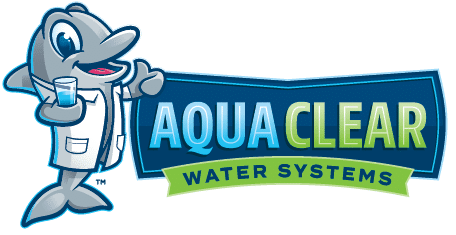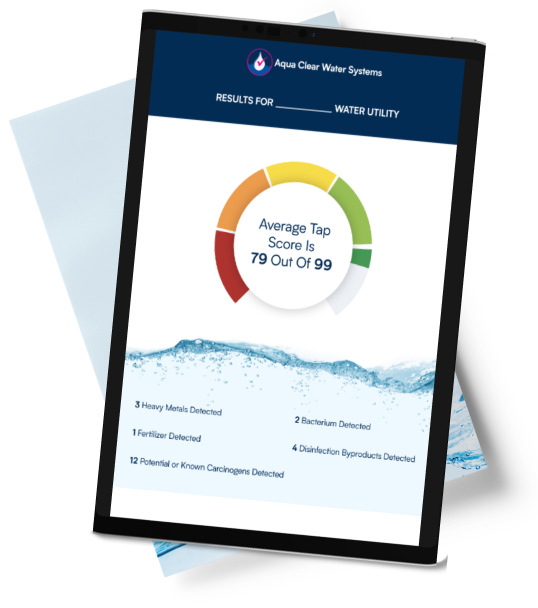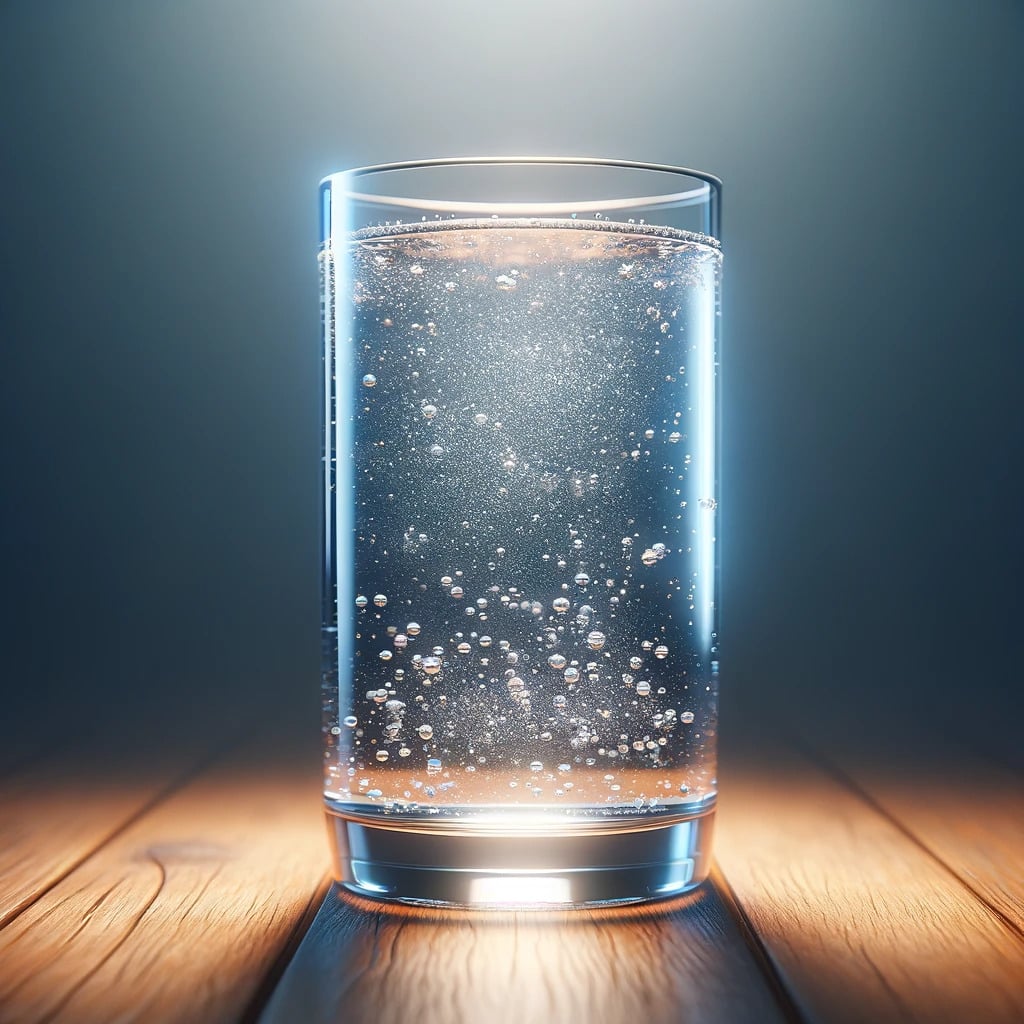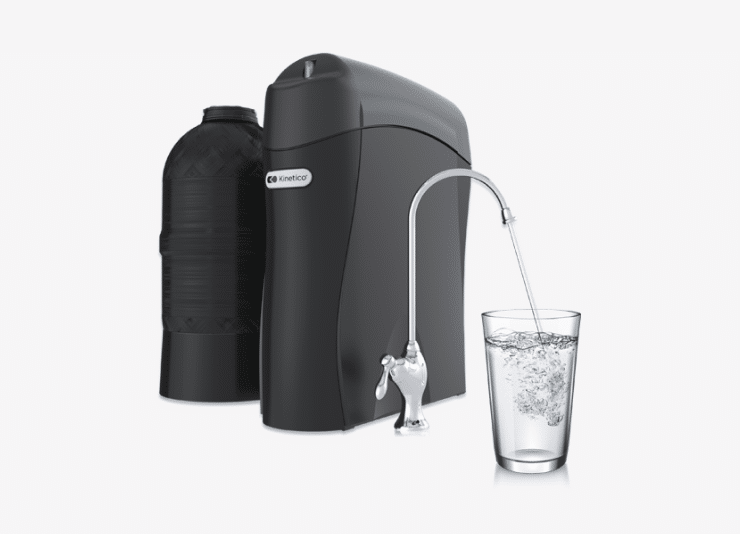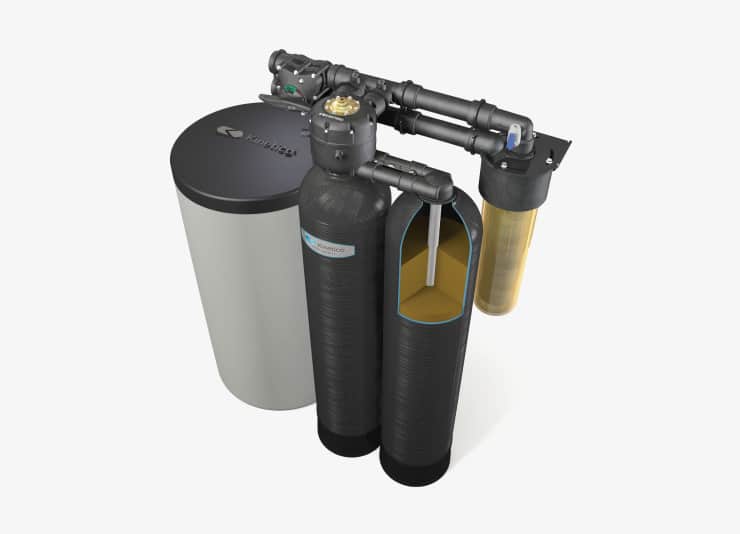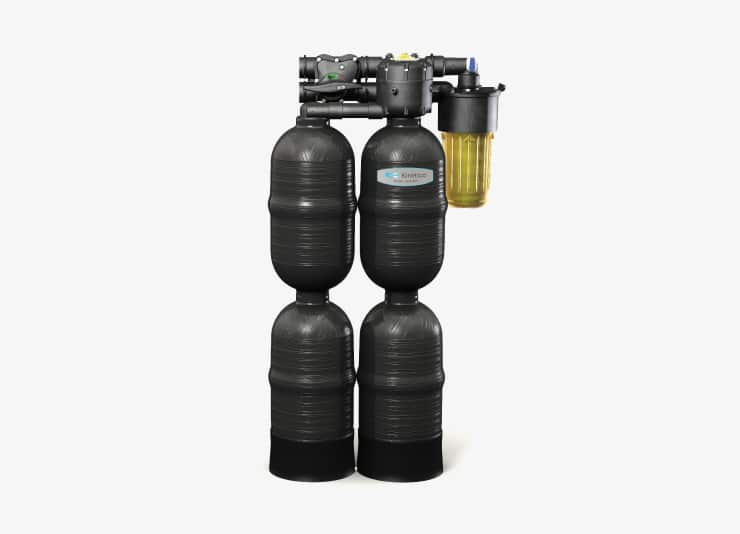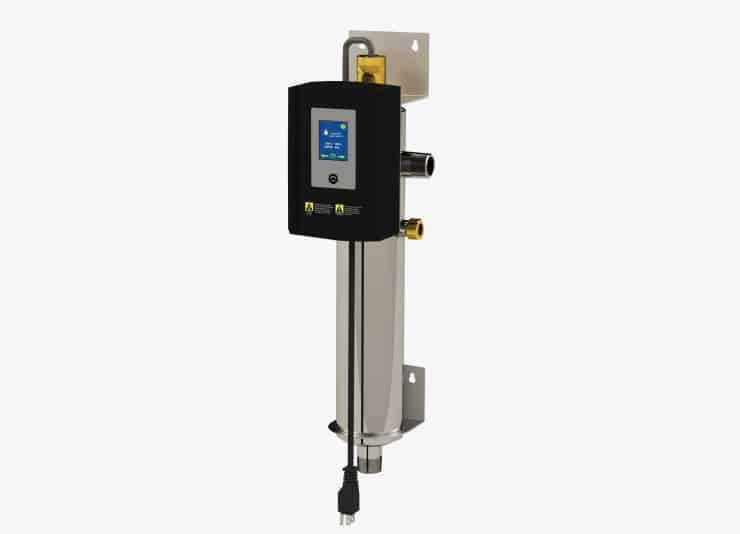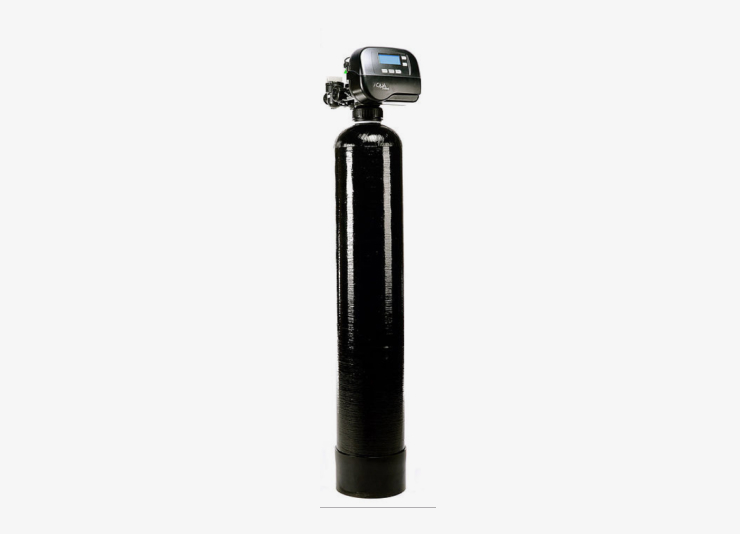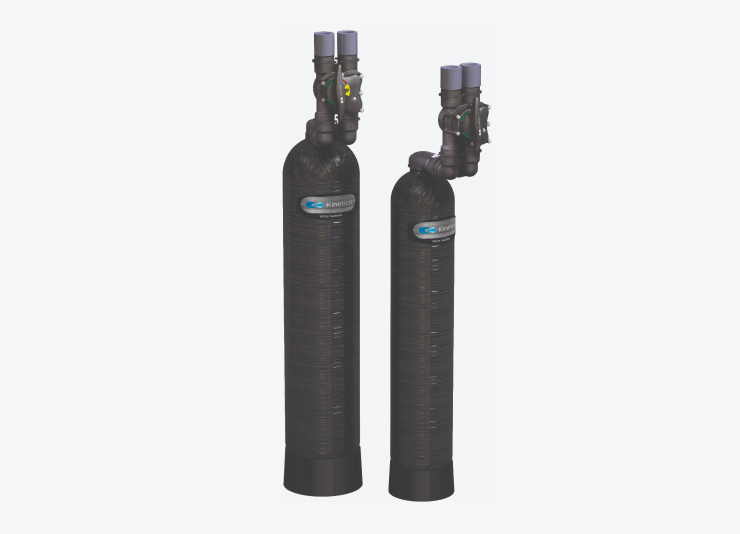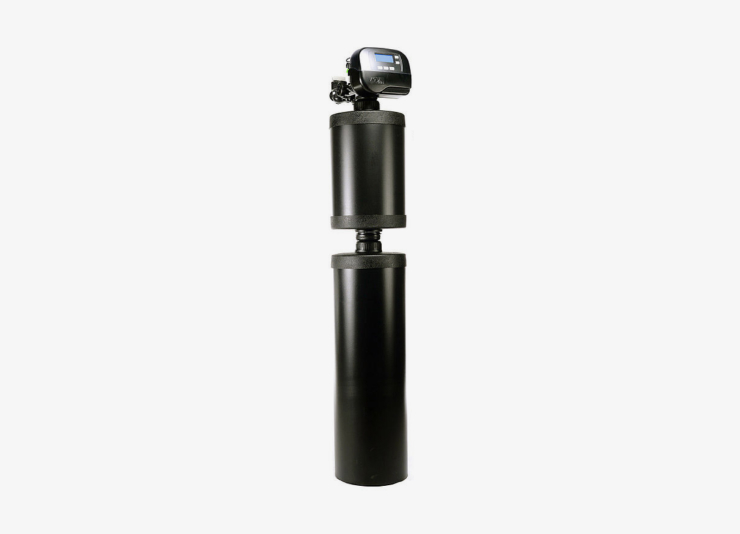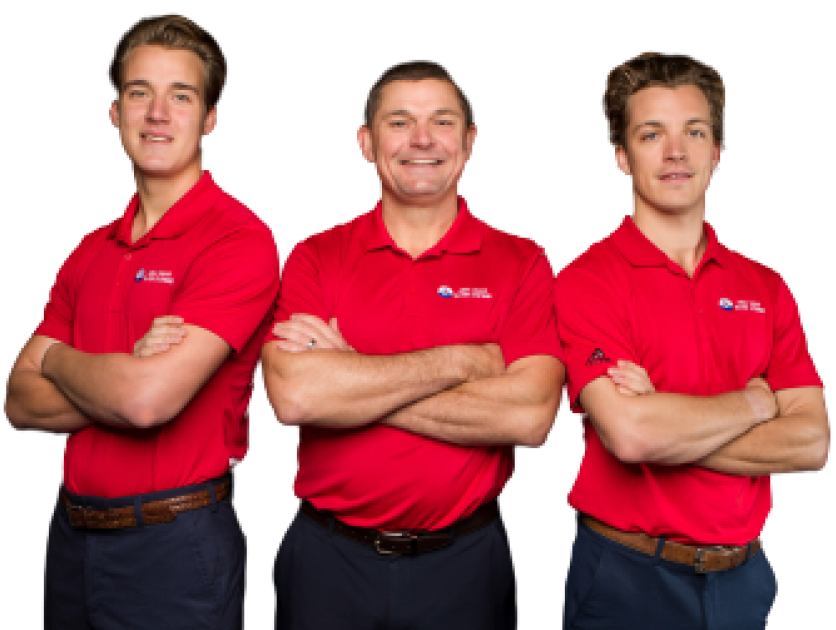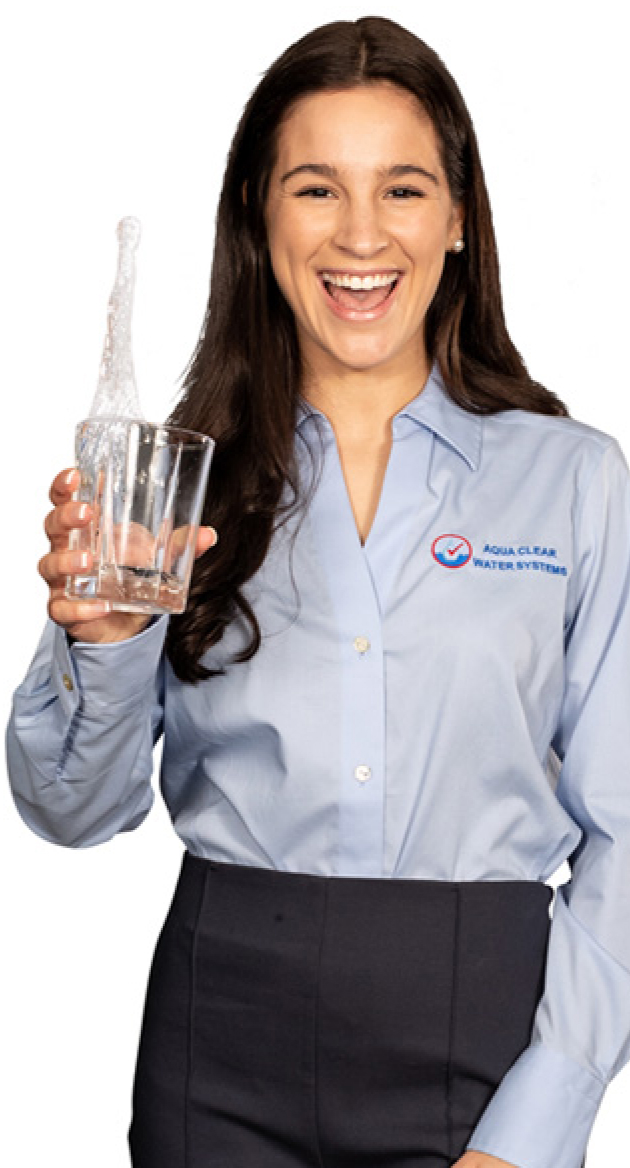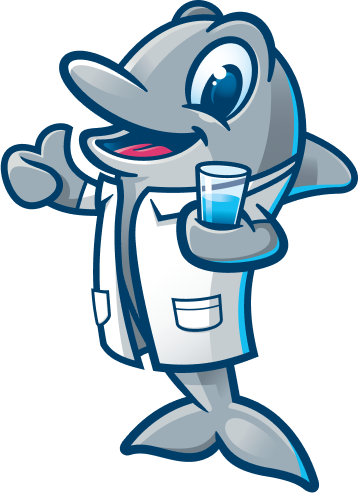Everything About Home Water Filtration Systems
Simply put, a filtration system removes some kind of contaminant from a water supply. Those contaminants vary, but the common ones are chlorine, iron, acidity, sediment, excess minerals, and living organisms like bacteria and parasites. We specialize in whole-house systems, which are installed right at the point in your plumbing where your home gets its entire supply of water. That way, the system can filter all your water at once, so that the treatment applies to every single water appliance at once.
Whole house water filters are always a professional job to install. That puts a lot of people off, since the price and the time invested can be a hassle. However, if your water has some kind of persistent contaminant, it’s almost always worth it in the end. It might range from a foul smell or taste in your water supply to bacterial or fungal infections and trace amounts of toxins. There are other kinds of filters which don’t target your whole home, which don’t require professional help and cost much less. However, these might not remove all contaminants, and they require much more frequent replacement or maintenance than the whole-house units.
What your filter looks like depends on what kind of filter it is. Most involve at least one large tank, through which the water passes for filtration. Some have multiple tanks, which allows the systems to self-clean while still pumping out that fresh, clean water. Some will come with valves and indicators, while others are more autonomous and don’t offer homeowners much information that they won’t need anyway. These whole-house systems vary in price, but they range from several hundred to several thousand dollars.
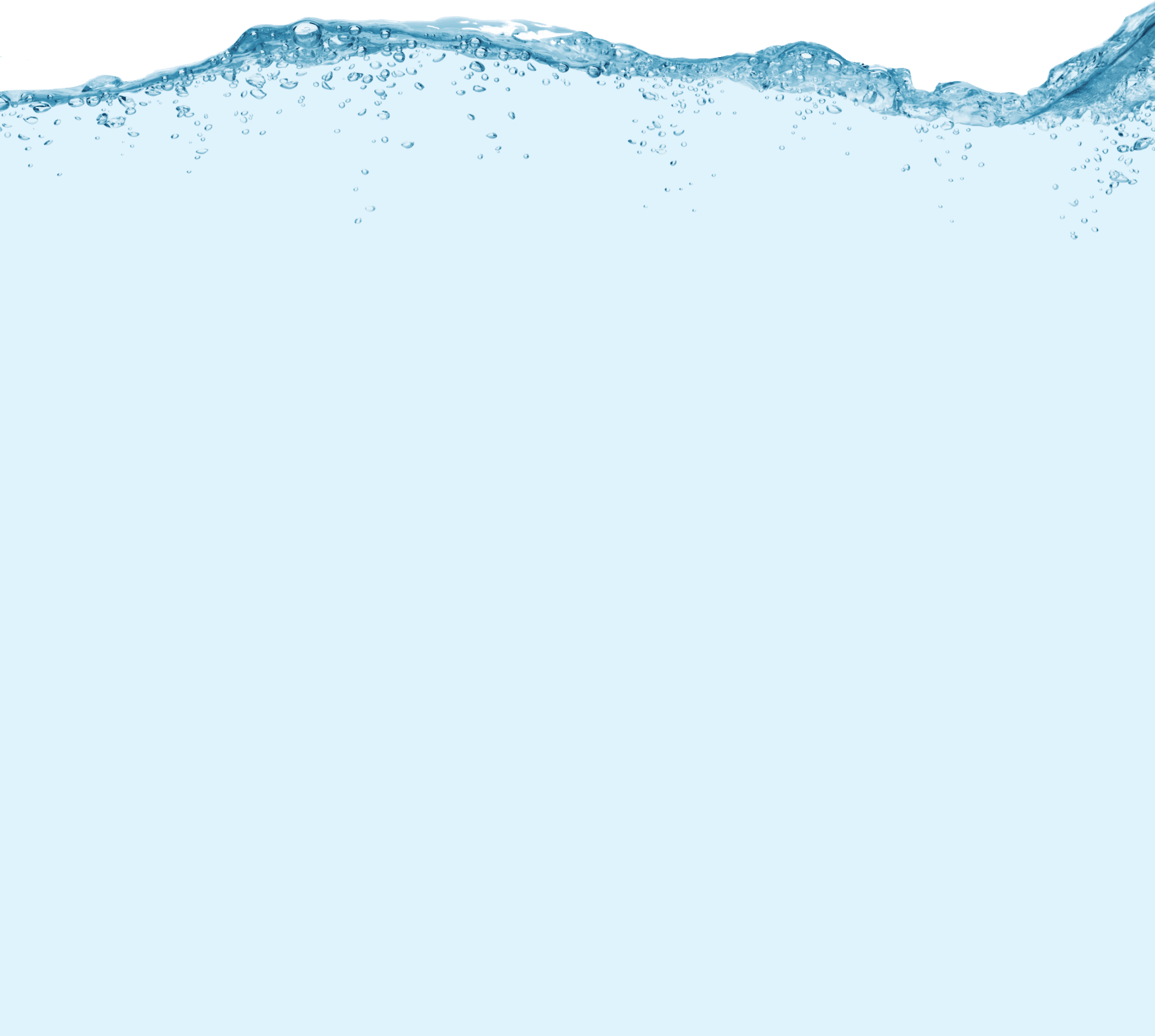
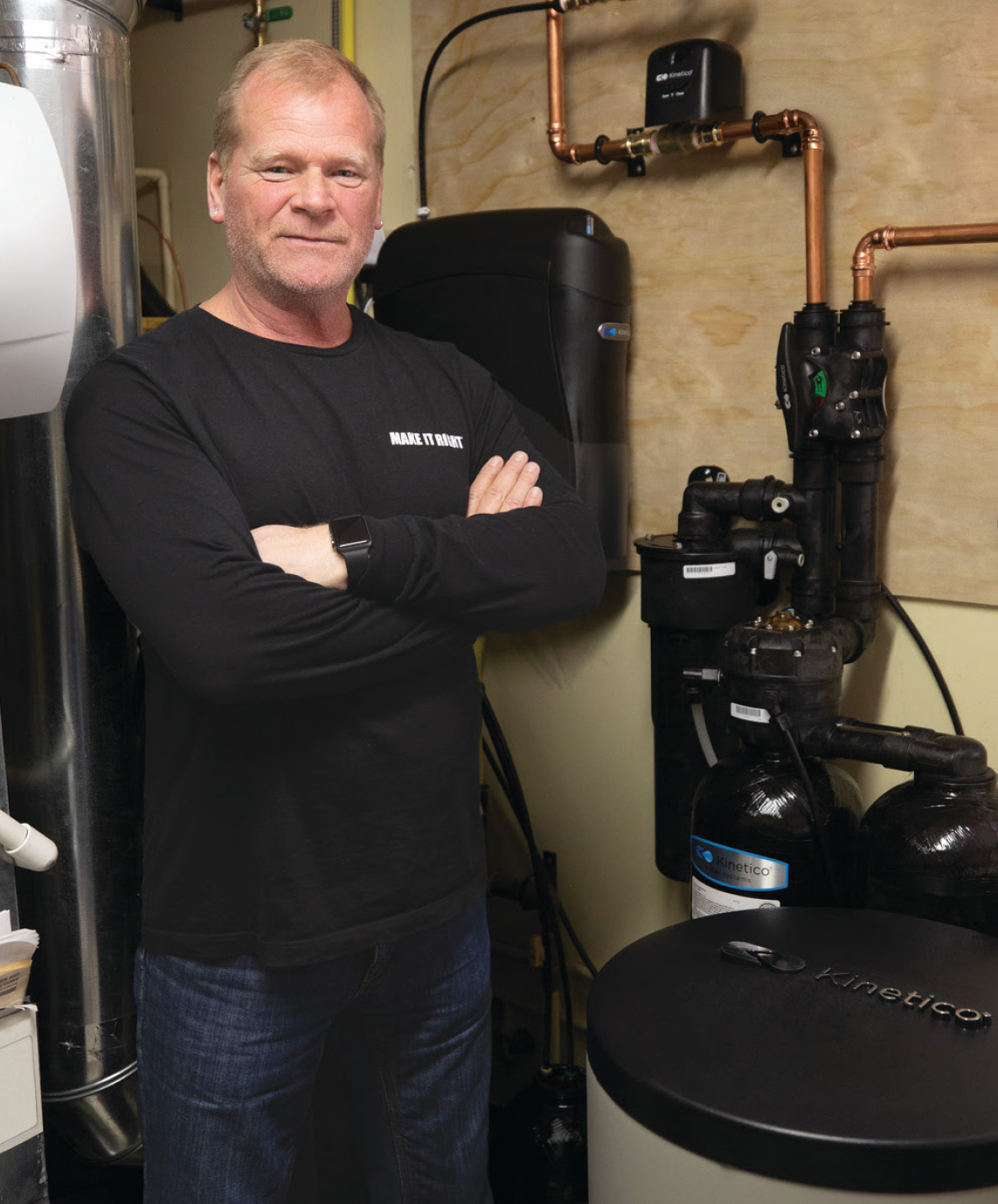
How It Benefits You?
Top 6 Benefits of a filtration system include:
-
- Shinier dishes
-
- Longer lasting appliances like washing machines and fridges
-
- Healthier hair and skin
-
- Less maintenance for your pipes
-
- Lower electrical bills
-
- No staining in your sinks or on your clothes
Guide for homeowners in East Tennessee and beyond
Clean, good-tasting water touches nearly everything you do at home, drinking, cooking, bathing, laundry, and protecting your plumbing and appliances. This guide walks you through how home water filtration works, the main system types (and when to use each), what they do and don’t remove, typical costs, and how to choose the right setup for your house.
POE vs. POU: Two Ways to Filter at Home
Point-of-Entry (POE) / Whole-house: Installed on the main line where water enters the home. Treats every tap and appliance (showers, laundry, dishwasher, ice maker). Great for problems you can feel or see everywhere, chlorine/chloramine taste and smell, sediment, discoloration, hardness, or bacterial risks (with UV).
Point-of-Use (POU): Installed where you drink or cook, under-sink systems, countertop/benchtop units, fridge/ice, or dedicated drinking faucets. Best for high-purity drinking water (e.g., reverse osmosis) or targeted reduction of specific contaminants.
Most homes get the best results from a combo: POE for whole-home comfort + POU for high-purity drinking water at the kitchen sink.
What Are You Trying to Remove?
Start with a certified lab test (municipal or well). Then match treatment to need:
- Taste/odor & disinfection byproducts (DBPs): Activated carbon or catalytic carbon (POE or POU)
- Chlorine/chloramine (city water): Catalytic carbon (POE) + RO (POU) for drinking
- Hardness (scale on fixtures/appliances): Ion-exchange water softener (POE)
- Iron/manganese (staining/metallic taste): Oxidizing media filters (POE) or specialty cartridges (POU for light issues)
- Bacteria/viruses (well, spring, lake/rain): UV disinfection (POE/POU) after proper pre-filtration
- Nitrates, fluoride, arsenic, chromium, PFAS, lead: Reverse osmosis (POU); some contaminants may also need specialty media
- Sediment/sand/silt: Spin-down or cartridge sediment filters (POE)
Eight Common Filtration Technologies (Plain-English)
1) Activated Carbon (AC) & Catalytic Carbon
How it works: Adsorbs chlorine, taste/odor compounds, many VOCs and some DBPs. Catalytic carbon also handles chloramine better than standard AC.
Best for: City water taste/odor, chemical reduction. POE or POU.
Watch-outs: Does not remove hardness, nitrates, fluoride, or dissolved minerals/metals by itself.
2) Reverse Osmosis (RO)
How it works: A semi-permeable membrane rejects dissolved contaminants (PFAS, arsenic, nitrate, fluoride, chromium, lead, many others) for very high-purity water.
Best for: Drinking/cooking water at a dedicated faucet (POU).
Watch-outs: Needs pre-filtration; slower flow; creates a reject stream; typically not used whole-home unless specially engineered with storage and pretreatment.
3) Ultraviolet (UV) Disinfection
How it works: UV light inactivates bacteria, viruses, and protozoa, chemical-free.
Best for: Private wells or surface/rainwater; final disinfection step after sediment/carbon.
Watch-outs: Does not remove chemicals, metals, or sediment; requires clear water and power.
4) Sediment Filtration (Spin-Down, Pleated, Depth)
How it works: Physically screens out sand, silt, rust, and turbidity.
Best for: First line of defense to protect downstream equipment.
Watch-outs: Choose the right micron rating; replace/clean on schedule.
5) Ion Exchange (Water Softeners and Specialty Resins)
How it works: Exchanges hardness minerals (calcium, magnesium) for sodium or potassium; specialty resins can target select contaminants.
Best for: Scale prevention and appliance protection (POE).
Watch-outs: Does not remove chlorine, chloramine, or most chemicals/metals by itself; brine management and salt refills required.
6) Oxidation & Media Filters (e.g., Katalox, Greensand, Birm)
How it works: Oxidizes and captures iron, manganese, and hydrogen sulfide. Often backwashing tanks.
Best for: Well water with staining, metallic taste, or rotten-egg odor.
Watch-outs: Correct sizing, pH, and pretreatment matter; periodic media service.
7) Ceramic & Gravity Filters
How it works: Fine ceramic pores block microbes and sediment; gravity moves water through cartridges.
Best for: Small volumes, off-grid/emergency use, countertop applications.
Watch-outs: Limited chemical reduction unless paired with carbon; slower output.
8) Distillation
How it works: Boils water to steam, condenses to capture purified water, leaving most impurities behind.
Best for: Specialty needs (appliances, labs).
Watch-outs: Slow, energy-intensive, and strips beneficial minerals, less common for everyday drinking.
System Types You’ll See While Shopping
- Under-sink carbon systems (POU): Improve taste/odor and chlorine; low maintenance.
- Under-sink RO (POU): Highest purity for drinking/cooking; typically 3–5 stages with a tank; premium tankless options exist.
- Countertop/benchtop filters (POU): Good for renters; performance varies widely, look for certifications.
- Whole-house carbon (POE): Treats chlorine/chloramine and odors at every tap; protects softener resin and rubber seals.
- Water softeners (POE): True softening for scale; pair with carbon if you’re on city water.
- Whole-house backwashing media filters (POE): For iron, manganese, sulfur; often used on wells.
- UV systems (POE/POU): Final disinfection step after sediment and carbon.
- Specialty add-ons: Fluoride, nitrate, arsenic, lead, and PFAS reduction are generally handled at the POU tap via RO or dedicated cartridges; some whole-home specialty media options exist when demand requires it.
Certifications That Matter (Trust but Verify)
Look for NSF/ANSI certifications relevant to your goal:
- 42: Chlorine, taste, odor, particulate
- 53: Health claims (lead, cysts, some VOCs)
- 58: Reverse osmosis system performance
- 401: Emerging contaminants (pharmaceuticals, certain chemicals)
- 61/372: Material safety / low-lead compliance
- P231/P473 (or equivalent): Microbial/PFAS claims (check current labels)
A system doesn’t need every certification; it needs the right one(s) for your target contaminants.
Typical Cost Ranges (equipment only; install varies by home)
- Under-sink carbon: $150–$450
- Under-sink RO: $450–$1,200 (tankless and remineralizing models on the higher end)
- Countertop/benchtop: $100–$500+ (performance varies)
- Whole-house sediment + carbon: $800–$2,500+ (size and media quality matter)
- Water softener: $1,200–$3,500+ (capacity, controls, brand)
- Oxidizing iron/manganese/sulfur filters: $1,500–$4,000+ (depends on water chemistry)
- UV systems: $700–$1,800 (plus annual lamp/sleeve service)
- Whole-house RO (special cases): Custom, requires storage, repressurization, and pretreatment
Professional installation, bypass plumbing, drains, electrical, and permits add to the total. Always size and design from a water test.
Maintenance at a Glance
- Sediment cartridges: 3–12 months (depends on load)
- Carbon cartridges: 6–12 months (or based on pressure drop/chlorine breakthrough)
- Whole-house carbon media: 3–10 years (media quality and usage)
- Softener salt: Refill every 4–8 weeks; annual checkup; resin life 10–15 years (shorter with high chlorine)
- RO pre/post filters: 6–12 months; RO membrane: 2–5 years (water quality dependent)
- UV: Replace lamp annually; clean/replace sleeve 1–3 years
- Oxidizing media: Backwash automatically; media life varies (often 5–10 years)
Skipping maintenance defeats the purpose of filtration, build it into your plan.
How to Choose the Right Setup (Step-by-Step)
- Test your water. Municipal? Pull the latest water quality report and confirm with a certified lab test at the tap. Well? Do a comprehensive lab panel (metals, nitrates, hardness, pH, iron/manganese, bacteria, sulfur, PFAS where relevant).
- Prioritize outcomes. Whole-home comfort (taste/smell, scale, staining) vs. drinking purity (PFAS/lead/arsenic/nitrates/fluoride).
- Match technology to targets. Carbon for chlorine; softener for hardness; oxidizing media for iron/manganese/sulfur; UV for microbes; RO for dissolved contaminants.
- Right-size for flow. Count bathrooms, simultaneous uses, and required gallons per minute so you don’t throttle pressure.
- Plan the order. Typical stack: sediment → carbon or specialty media → softener (if needed) → UV → POU RO at kitchen.
- Budget for install and upkeep. Filter media, salt, RO elements, UV lamps, know the cycle.
- Verify certifications and warranties. Confirm performance claims and support.
- Work with a local pro. Good design beats guesswork, especially on wells and complex city water.
FAQs
Do I need whole-house filtration if I only care about drinking water?
Not necessarily. A high-quality under-sink RO can handle drinking and cooking. Whole-house filtration improves showers, laundry, appliance life, and plumbing, so it’s about comfort and protection beyond the glass.
Will a softener make my water safe to drink?
A softener removes hardness minerals, it does not remove chlorine, PFAS, lead, or microbes. Pair with carbon (for chlorine/chloramine) and RO (for drinking) as needed.
Is UV enough on a well?
UV is excellent for disinfection, but you still need sediment filtration ahead of UV and, often, carbon or specialty media depending on chemistry. UV doesn’t remove chemicals or metals.
Do carbon filters remove chloramine?
Standard carbon is limited. Catalytic carbon is the right choice for chloramine reduction, especially as a whole-house guard on city water.
Why does my water still taste off after installing a filter?
It may be the wrong technology for the contaminant, the system may be undersized, or filters are due for replacement. Start with a test and verify your cartridge/media schedule.
What It Does?
Well, that depends: What do you need it to do? Different filtration systems target different contaminants. Here are the big ones:
- Acid neutralizers work to remove acidity from your water. Typical pure water has a neutral pH, which you might remember from chemistry class as being the measure of how acidic or basic a substance is. Water should be right in the middle, but it might pick up acidic components on its way to your home. Acidic water can eat through your plumbing and leave greenish-blue stains on frequently wet surfaces. Neutralizers add a basic substance, usually calcite, to your water to cancel out the acidic one and leave your water neutral again (don’t worry, that’s a totally harmless process).
- Whole house water softener remove “hardness” from your water. Hard water is caused by excessive amounts of calcium and magnesium; hard water is what causes a chalky layer of scale to linger in showers and sinks and on plates. It also causes your clothing to become faded and brittle. Softeners use a tank with a resin bed, which has ions that magnetically pull the excess minerals out of your water.
- UV Purifiers kill off anything living in your water, such as bacteria, fungus, or parasites. The science here is straightforward: Ultraviolet light can damage or destroy DNA through direct exposure, but it doesn’t leave behind anything harmful in the water itself. So, UV purifiers sterilize your water without leaving any trace.
- Sediment filters remove visible particles like sand, silt, clay, rock, and dirt from your water. These are filters in the most common sense: They use tiny pores to prevent sediment from passing through.
- Carbon filters specifically target chlorine. They use a filter of activated carbon to pull chlorine out of the water, similar to the resin bed in a softener.
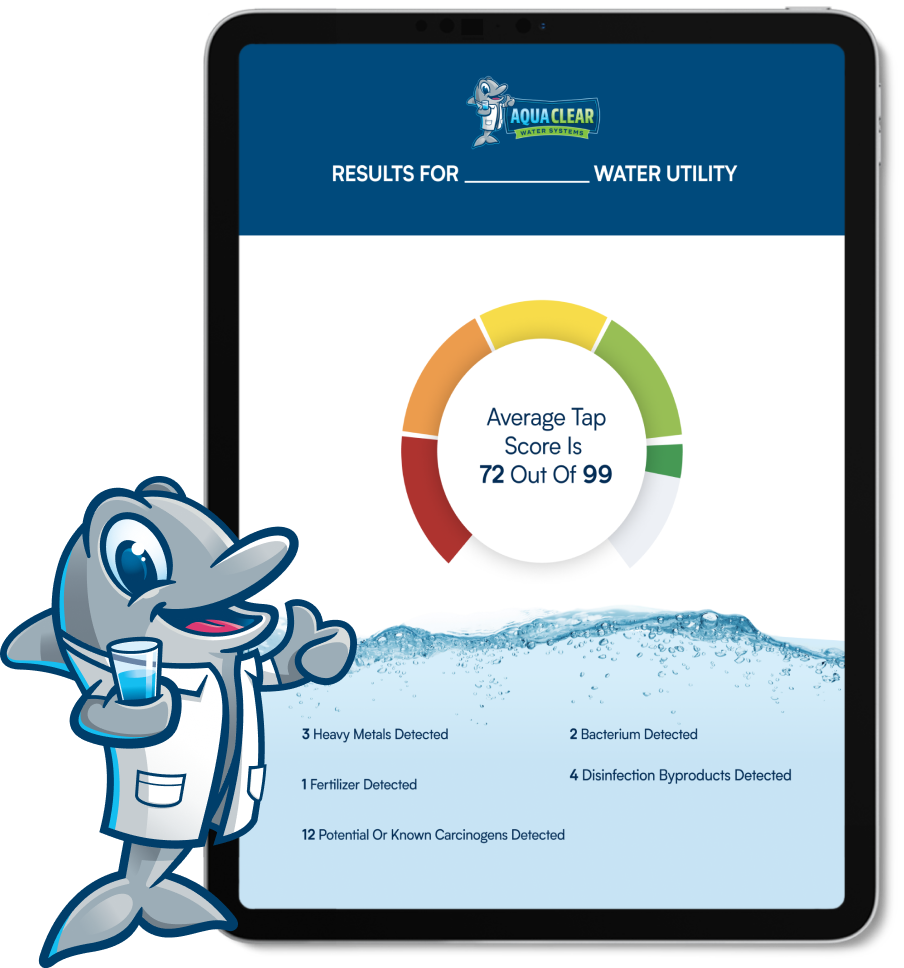
Get Your FREE Instant Water Report To Know Exactly How Safe Your House & Drinking Water Is In Just 2-Minutes!
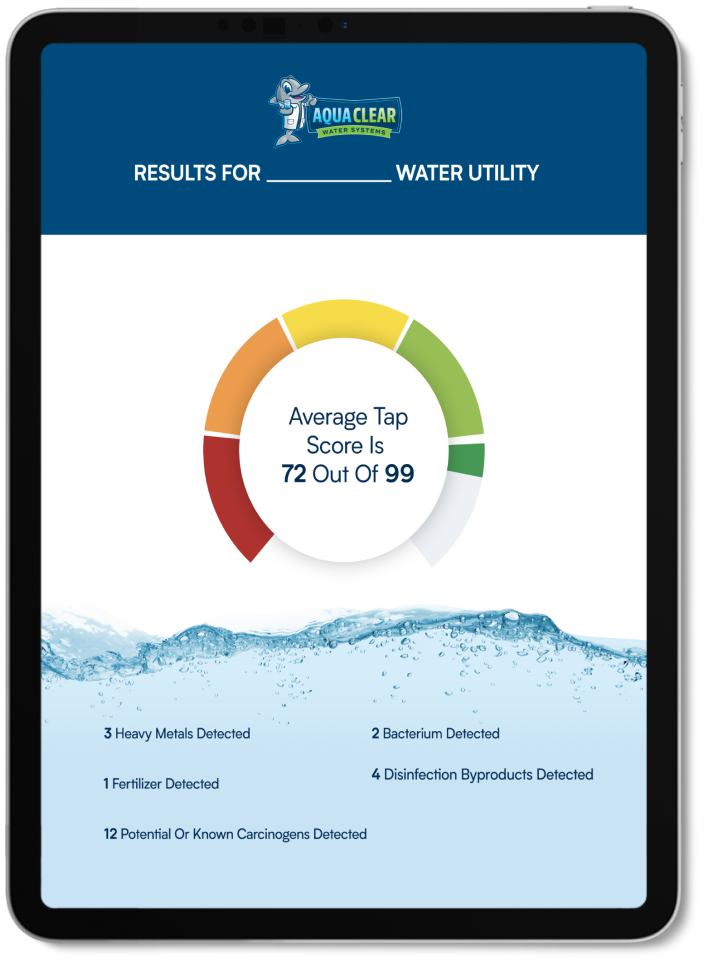
Don’t risk your family’s health! Just give us your zip code and in 2-minutes we’ll tell you exactly what contaminants are in your county or city’s water and how they affect your health.
